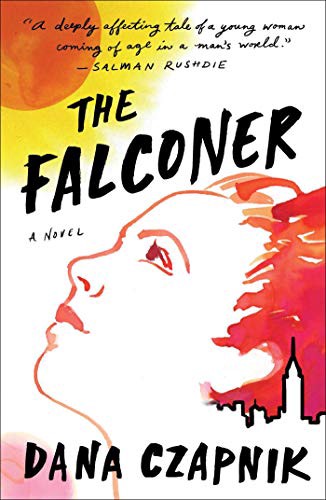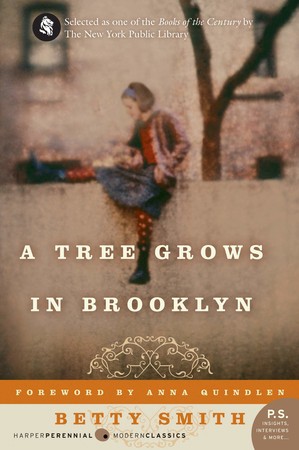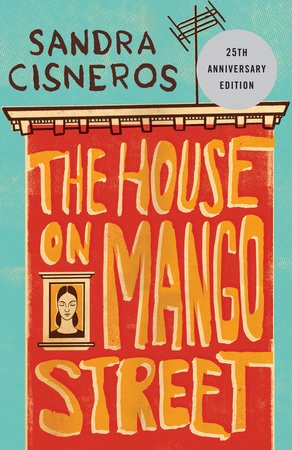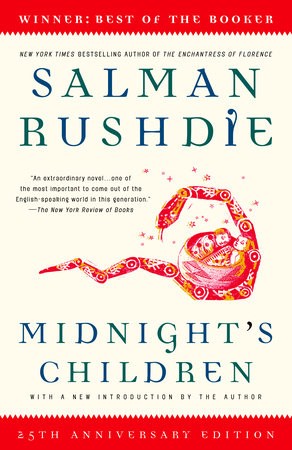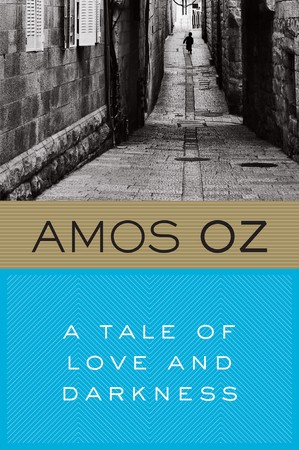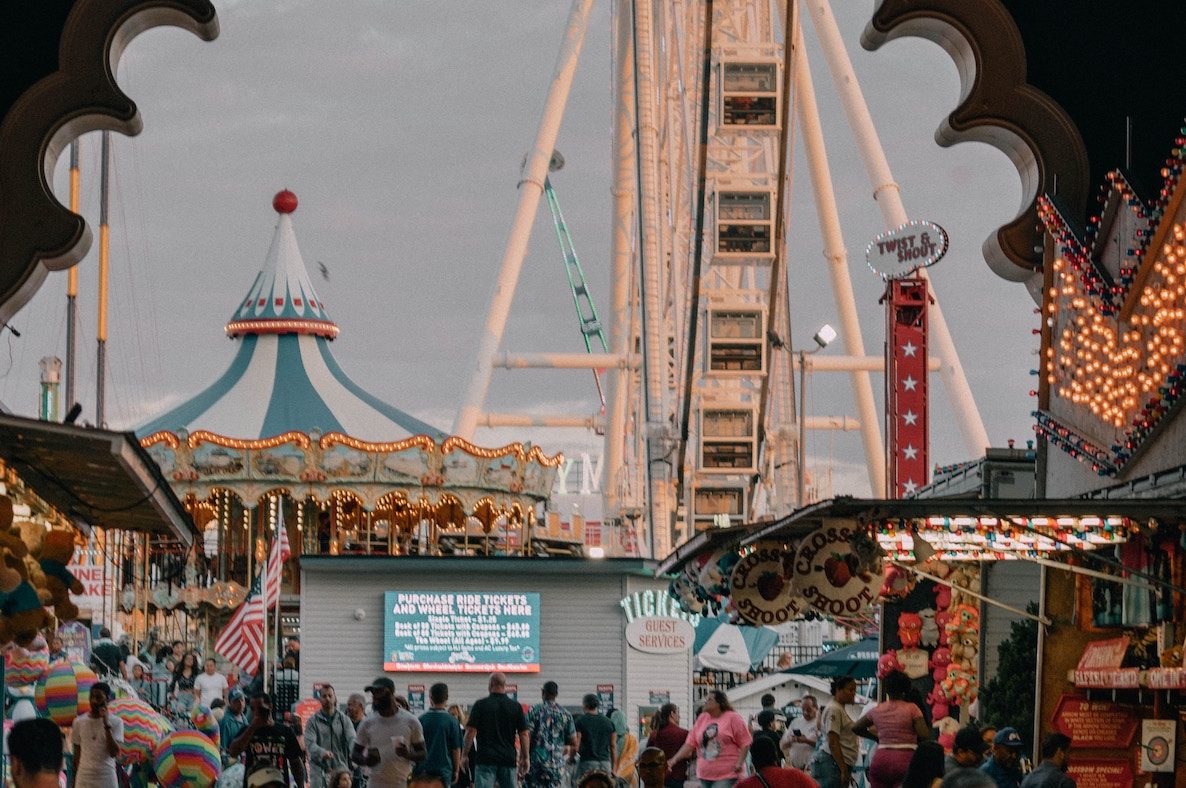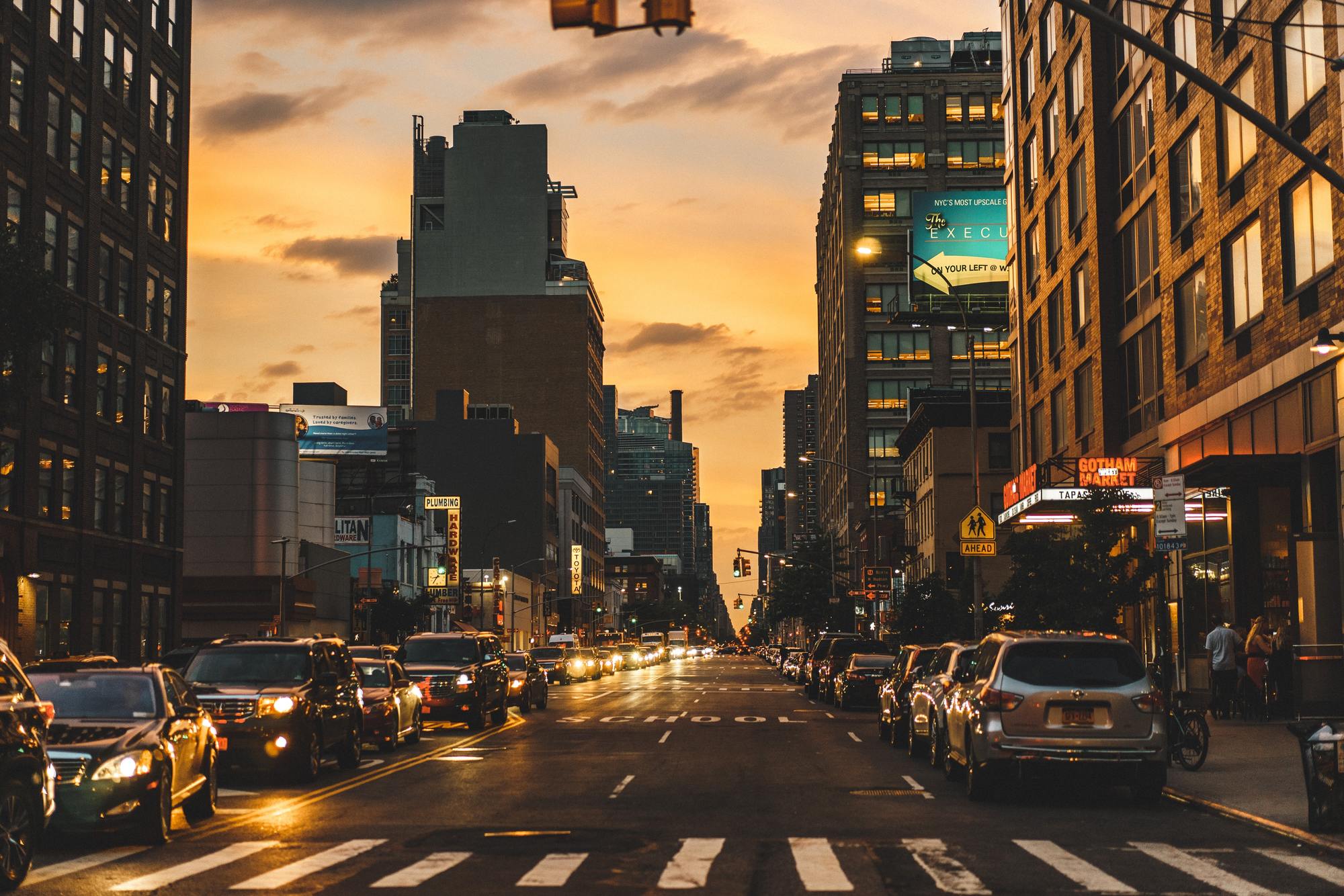Reading Lists
9 Books About Coming of Age in a City
From Bombay to Chicago, Dana Czapnik, author of “The Falconer,” recommends urban bildungsromans

Cities make for the loudest, messiest, politically dirtiest, most amoral settings in literature. It’s no wonder, then, that characters who come of age in cities are often the most precocious and cynical. They are only reflecting the personalities of their home towns.
In my novel The Falconer, 17-year-old Lucy Adler hurtles through early 1990s New York during her senior year of high school, allowing all she sees and experiences to shape her world view — the drugs, the sex, the injustices, the art, the energy, the homelessness, the money, the music, the inequality. Her development as a character has as much to do with what she observes in New York as the choices she makes in her life and her relationship with other characters. Because of the incredible variety of life in New York, she’s able to use the city’s atmosphere to help express the roiling emotions she is grappling with at any particular moment. New York is her mood ring: dirty, dingy and depressing when she’s down; beautiful, hopeful, and alive when she’s up.
The best coming of age novels detail the moral, philosophical, and sometimes poetic journey of one character as he or she grows, while at the same time illuminate something important about the time and place in which the character lives. Here are a few of my favorites featuring kids or young adults coming of age in cities. Some are joyous, some nostalgic, some heartbreaking, some angry. None of them could exist without the city in which they take place.
Gorilla, My Love by Toni Cade Bambara
Gorilla, My Love is an unsung classic. It’s a triumphant short story collection that centers on a few African American girls and women in Harlem and North Carolina in the 1960s. The characters in this collection are self-possessed, whip smart, New York City kids. Hazel speaks her mind and doesn’t pull punches. Sylvia can fart with her armpits and is the fastest runner in her public school and curses like a sailor and is all sorts of charming and wonderful and crass and observant. The whimsical and wild Kit spends a summer hanging out on her tenement’s fire escape, falling for and losing her first love, all the while refusing to stop “singing her own song.”
All of these girls speak in the language of Harlem of the time — the dialect, the pulse, the toughness. Every story sounds like New York. Here’s another key thing: Nothing bad happens to the women in this collection. No one is raped. No one is beaten. No one is cruelly abandoned. None of the horrific things black girls are often subjected to in literature happens here. But these characters are not living in some kind of fictional American utopia either. It’s just that Bambara gives them the space to become fully realized people filled with longing and romance and curiosity and poetry. It is a masterpiece of voice and place.
A Tree Grows in Brooklyn by Betty Smith
It’s hard to imagine now that there was once a Brooklyn where a tree struggling to grow on the street was a metaphor for a young woman’s desire to branch out and be a full person, but Brooklyn wasn’t always the built up, hipster, intellectual, wealthy enclave it is now. For most of its existence, it was a borough of immigrants, crumbling and ignored, and everyone in it longed to get out.
The novel centers on Francie Nolan, a young Irish girl in the slums of Williamsburg in the early 1900s. Through her, readers from every time, place, and circumstance are given a lesson about the cruelty of the world, the importance of relying on yourself, and never allowing darkness to dampen your spirit. This may seem like a trite sentiment to an adult, but it shouldn’t. My mother gave me A Tree Grows in Brooklyn to read when I was 11 during a tough period in my youth and I devoured it in one sitting. It was the first book that really introduced me to the transformative power of literature. A Tree Grows in Brooklyn is the kind of book that will get handed down from mothers to daughters until the end of time like a folktale or a wilted heirloom, its weathered appearance all the more meaningful because of how many women’s hands it has touched.
Sag Harbor by Colson Whitehead
While this Colson Whitehead novel only partially takes place in New York, it stars a set of instantly recognizable New York City kids. Every summer Benji and his brother and their friends vacation in Sag Harbor, a middle-class African American enclave in the exorbitantly wealthy, white Hamptons. Benji tumbles through the usual coming-of-age milestones over the course of one summer (his first true taste of independence, his first job, his first brush with violence, his first kiss), but his observations are so sharp, so witty, and so germane to that time and place — late 1980s New York, when hip hop and its abundant slang and neologisms had taken over the culture, the drinking age was 18, and everything cool on the planet was just a short subway ride away — that it doesn’t matter that some of this is well-worn territory.
Benji and his Manhattan friends are emblematic of the exact kind of kid who was going to private school at that time — children of nouveau riche hippies who didn’t expect to make it rain and felt a little guilty about it, offspring of old money prepsters who summered in the tony parts of the Hamptons and wore cable knit sweaters in pastels draped over their shoulders, and the children of Jewish, Asian, and African American middle-class strivers like Benji’s family. On Sag Harbor, though, Benji mixes with black kids from all over New York and the tri-state area and he finds himself posturing as he tries to fit in. The novel is ultimately a meditation on code-switching and being the first generation of wealth-adjacent, upwardly mobile black kids in white America. It’s also really deliciously funny.
The House on Mango Street by Sandra Cisneros
Mango Street is a fictional street in an immigrant Latino community in Chicago, where America and Mexico and Puerto Rico mix to create something new and hopeful and confusing and haunted. American words like Kool-Aid and Cadillac and Buick mix with Spanish words like tortillas and los espíritos and muerto. The vignettes that make up this novel are told from the perspective of the adolescent Esperanza Cordero who suffers from the dual calamities of nostalgia for the present and an immediate longing to escape. She spends her time watching the women on Mango Street sitting in their apartments looking out windows wondering what else is out there. It’s a novel written by a dreamer about a dreamer for a dreamer.
The Feminist Mantra I Learned from ‘The House on Mango Street’
Just Kids by Patti Smith
Just Kids, the rock legend Patti Smith’s memoir of her relationship with the artist Robert Mapplethorpe in New York in the 60s and 70s, is a symphony. It’s the story of falling in love for the first time with that part of your heart only accessible during youth. It’s a story of a young woman determined to create the right life for herself. It’s the story of a city at the epicenter of a movement, when there wasn’t much of a difference between the average beatnik and the one who got famous — a city run by kids. It’s a story about two people discovering and cultivating their art. It’s a story about choosing poetry. Just Kids should be required reading for everyone aged 20, on the cusp of everything. It’s a manual for navigating the pain and the reward that comes with being fully open to life.
Less Than Zero by Bret Easton Ellis
I have no idea if Los Angeles in the 1980s was truly as depraved and drugged out and steeped in nihilism as Bret Easton Ellis made it seem in his first novel, but I will never be able to think of L.A. as anything other than a city populated with Clays, Blairs, Julians and a bunch of other sad, rich kids hanging out on beautiful balconies, doing drugs, having meaningless sex, and talking past each other. Less Than Zero was the first novel that exposed adults to what was really going on behind their kids’ closed doors. “This is one of the most disturbing novels I’ve read in a long time,” Michiko Kakutani wrote in her review for the New York Times and it has become a modern classic not just because 34 years after its release it still has the same power to make grownups squirm, but because the apathy, the gross consumption, the excesses of America’s one percent is still as frightening as it was in the 1980s, what we naively used to think of as the heyday of excess.
Catcher in the Rye by J.D. Salinger
Look, there’s nothing more to say about that phony bastard Holden Caulfield that hasn’t already been said. But if there were a definitive coming-of-age text, it would have to be Catcher in the Rye. It certainly is the quintessential coming-of-age in New York novel. In the last fifteen years, there’s been a Catcher backlash. Younger readers are finding Holden’s complaints annoying instead of universal. I understand that Holden hasn’t aged well — his musings and anger are sort of the epitome of “first world problems” — but I’ve always felt that Salinger pokes fun at Holden’s self-absorption quite a bit. And credit must be given to Holden for being the first of his kind. Without Holden, would there have been the counterculture of the 1960s? He gave a voice to a generation of kids who were pushing back against the limiting post-war American dream. And, besides, no one writes teenage dialogue like Salinger. Even though the verbal tics and idioms have changed in the last 70 years, the drum beat of teenage conversation and worries and angst have not. No matter how you feel about Holden in 2019, his rebel yell and the stale 1940s New York world he captured is perfection.
Midnight’s Children by Salman Rushdie
Midnight’s Children is a picaresque, bildungsroman, magical realist, political, satirical, philosophical epic novel all rolled into one. It can be analyzed and marveled at from any one of its prism’s infinite sides, but for the sake of this piece, let’s look at it as a tale of a boy coming of age at the same time as his nation.
Saleem Sinai was born at the stroke of midnight, August 15, 1947, the exact moment of India’s independence. As a child, Saleem discovers that he has a secret power: the ability to communicate telepathically with every child born on the day of India’s independence. Though he goes through the same growing pains every young person does — heartbreak, humiliation, disappointment, discovery that his parents are not who he thought they were (in this case both literally and figuratively) — Saleem’s telepathy makes him a conduit for all of India as he is able to communicate with the disparate voices and personalities of his generation across the entire country, none of whom can agree on anything. Through them, we see the vastness of the country, the impact of colonial rule, the in-fighting between all of the religious and political factions and the roiling, exuberant, violent city of Bombay. Midnight’s Children is a novel born out of India’s independence told in the voice of a child of Bombay, in the same polyphonic register. It is, in Saleem’s own words, a “rainbow riot.”
Salman Rushdie Helped Me Recognize Myself—and the Love of My Life
A Tale of Love and Darkness by Amos Oz
Thousands of miles away from Bombay and less than four months later, another partition. This time, the corner of the world is Jerusalem, and the story is memoir, told by Israel’s most beloved writer Amos Oz, who recently passed away. Oz, born in Jerusalem in 1939, tells the story of his youth among the polyglot, intellectual Eastern European and Russian ex-pats who had been expelled from their homes or who had left of their own volition, beginning to sense the nationalist, anti-Semitic fervor brewing in their home countries and to seek refuge in Palestine with the heady, hopeful idea of a free nation. In doing so, they left behind everyone else they’d ever known, who were ruthlessly slaughtered, their entire culture eradicated, and took a land from an already established people.
The only child to an emotionally distant father and a quixotic, depressive mother, Oz grows up in kitchens and living rooms in Jerusalem swirling with language, politics, arguments, ideas, kindness, sadness and literature. And then in 1952, when Oz is 12, his mother commits suicide. At 15, he breaks with his right-wing father, changes his name from Klausner to Oz, and moves to a kibbutz. A Tale of Love and Darkness is a memoir about a boy excavating his mother’s life and death and the tale of Israel, from its beginning promise as an egalitarian, socialist nation to the painful, military state it has become. While Jerusalem is supposed to be the shining city on a hill, through Oz’s eyes, it is a city steeped in melancholia, the shops and apartments buildings and streets built on the lost dreams of castoff European and Russian Jews, a home that squandered its moral and humanistic founding principles. And because she was exiled there from the European life she loved, it was the city that destroyed his fragile mother.




